PLC Panel
PLC Panel Specification
- Usage & Applications
- required based
- Way
- required based
- Operating Temperature
- required based Celsius (oC)
- Cooling System
- required based
- Phase
- required based
- Cable Type
- required based
- Cabinet Material
- required based
- Warranty
- required based
- Material
- required based
- Protection Class
- required based
- Operating Voltage
- required based Volt (V)
- Panel Type
- required based
- Rated Current
- required based Ampere (amp)
- Rated Operation Voltage
- required based
- Power Rating
- required based
- Frequency
- required based Hertz (HZ)
- Components
- required based
- Features
- required based
- Thickness
- required based Square Feet
- Current Rating
- required based
- Connectivity Type
- required based
- Control System
- required based
- Conductor
- required based
- Display Type
- required based
- Rated Voltage
- required based Volt (V)
- Rated Insulation Voltage
- required based
- Product Type
- PLC Panel
- Standard
- required based
- Surface Color
- White
- Frequency (MHz)
- required based Hertz (HZ)
- Maximum Output Current
- required based Ampere (amp)
- Dimension (L*W*H)
- required based Centimeter (cm)
- Application
- required based
PLC Panel Trade Information
- Minimum Order Quantity
- 1 Piece
- FOB Port
- NEW DELHI
- Payment Terms
- Cash in Advance (CID), Cheque
- Supply Ability
- 10 Pieces Per Week
- Delivery Time
- 7 Days
- Packaging Details
- boxex
- Main Export Market(s)
- Asia, Australia, Central America, North America, South America, Eastern Europe, Western Europe, Middle East, Africa
- Main Domestic Market
- All India
About PLC Panel
A PLC (Programmable Logic Controller) panel is an enclosure containing the necessary components to control and automate industrial processes. These panels house the PLC, power supplies, input/output (I/O) modules, and other related devices. Here's a breakdown of PLC panel specifications, functions, components, and design considerations:
Functions of a PLC Panel:
- Centralized Control: The PLC panel serves as the central hub for controlling various aspects of an automated system based on the programmed logic within the PLC.
- Signal Interface: It provides the necessary interface between the PLC and field devices such as sensors, actuators, motors, and other equipment through I/O modules.
- Power Distribution: The panel distributes power to the PLC, I/O modules, and other internal components, often including voltage transformation and power conditioning.
- Protection: It houses protective devices like circuit breakers, fuses, and surge arrestors to safeguard the PLC and other components from electrical faults.
- Operator Interface (Optional): Some PLC panels integrate a Human-Machine Interface (HMI) for operators to monitor and interact with the control system.
- Communication: The panel may include networking equipment to enable communication between the PLC and other systems or devices.
Typical Components of a PLC Panel:
- Enclosure: A metallic or non-metallic housing (typically steel, stainless steel, or polycarbonate) that protects the internal components from the environment (dust, moisture, temperature) and provides safety. The IP (Ingress Protection) or NEMA rating specifies the degree of protection.
- Back Panel/DIN Rails: A mounting structure inside the enclosure for securing components like the PLC, power supplies, terminal blocks, and other devices. DIN rails are standardized mounting rails.
- Programmable Logic Controller (PLC): The "brain" of the system, responsible for executing the control program based on input signals and generating output signals. Specifications include:
- CPU Type and Processing Speed: Determines the PLC's capability to handle complex logic and the speed of execution.
- Memory Capacity: For storing the control program and data.
- Number of I/O Points: The capacity for connecting input and output devices. This can be fixed or expandable with I/O modules.
- Communication Ports: Interfaces like Ethernet, Serial (RS232, RS485), USB, and industrial protocols (e.g., Modbus, Profibus, EtherNet/IP).
- Power Supply Requirements: Voltage and current needed to operate the PLC.
- Power Supply: Converts the incoming AC power to the DC voltage required by the PLC and other DC-powered components (typically 24V DC). Specifications include input voltage range, output voltage and current rating, and power rating.
- Input/Output (I/O) Modules: Interface between the PLC and field devices.
- Digital Input Modules: Receive signals from discrete sensors and switches (e.g., 24V DC, 120V AC). Specify the number of channels, voltage level, and isolation type.
- Digital Output Modules: Send control signals to discrete actuators (e.g., relays, solenoids, motor starters) (e.g., 24V DC, 240V AC, relay contact rating). Specify the number of channels, voltage/current rating, and output type (sinking/sourcing, relay, transistor, triac).
- Analog Input Modules: Receive continuous signals from sensors (e.g., temperature, pressure) (e.g., 0-10V, 4-20mA, resolution, accuracy). Specify the number of channels, input range, and isolation type.
- Analog Output Modules: Send continuous control signals to actuators (e.g., valves, drives) (e.g., 0-10V, 4-20mA, resolution, accuracy). Specify the number of channels, output range, and isolation type.
- Specialty Modules: For specific functions like high-speed counting, motion control, or communication protocols.
- Terminal Blocks: Provide organized and secure connection points for field wiring to the I/O modules and power distribution. Specify the voltage and current rating, wire gauge capacity, and type (screw clamp, spring clamp).
- Circuit Breakers/Fuses: Protect electrical circuits within the panel from overcurrent and short circuits. Specify the current rating and tripping characteristics.
- Relays and Contactors: Electrically operated switches used to control higher power circuits or isolate signals. Specify the coil voltage and contact rating.
- Human-Machine Interface (HMI) (Optional): A touchscreen or display unit that allows operators to monitor the process, enter commands, and view alarms. Specifications include screen size, resolution, touch type, communication ports, and environmental rating.
- Network Switches/Routers (Optional): For connecting the PLC to a network for communication with other systems (e.g., SCADA, MES). Specify the number of ports, speed, and supported protocols.
- Wiring Ducts/Cable Management: Channels used to route and organize wiring within the panel, improving aesthetics and facilitating maintenance. Specify the size and material.
- Grounding and Bonding: Ensures electrical safety by providing a path for fault currents. Includes ground bars and proper wiring practices.
- Transformers (Optional): Used to step down or step up voltage levels within the panel. Specify the VA rating and primary/secondary voltages.
- Surge Protection Devices (SPDs): Protect sensitive electronic components from voltage spikes and surges. Specify the voltage rating and surge current capacity.
- Indicating Lamps and Push Buttons (Optional): Provide visual status indication and manual control functions. Specify the voltage rating and function.

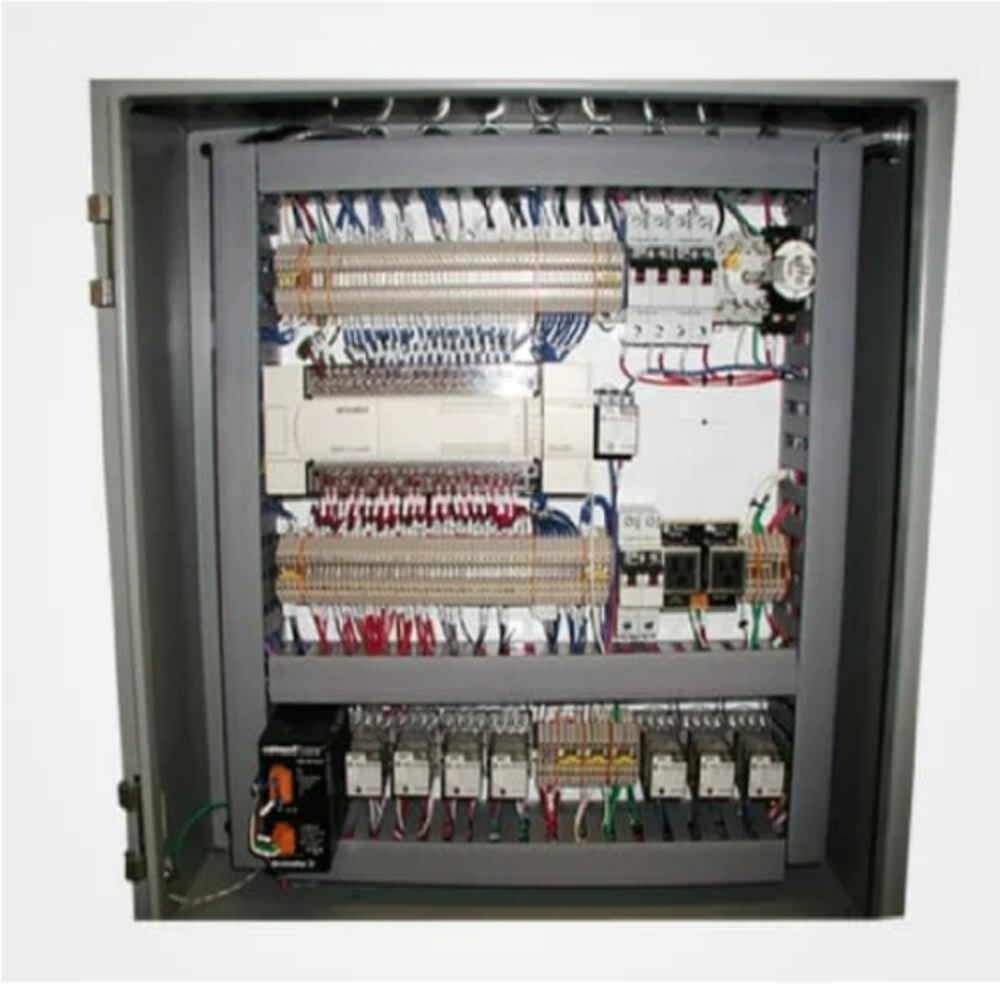
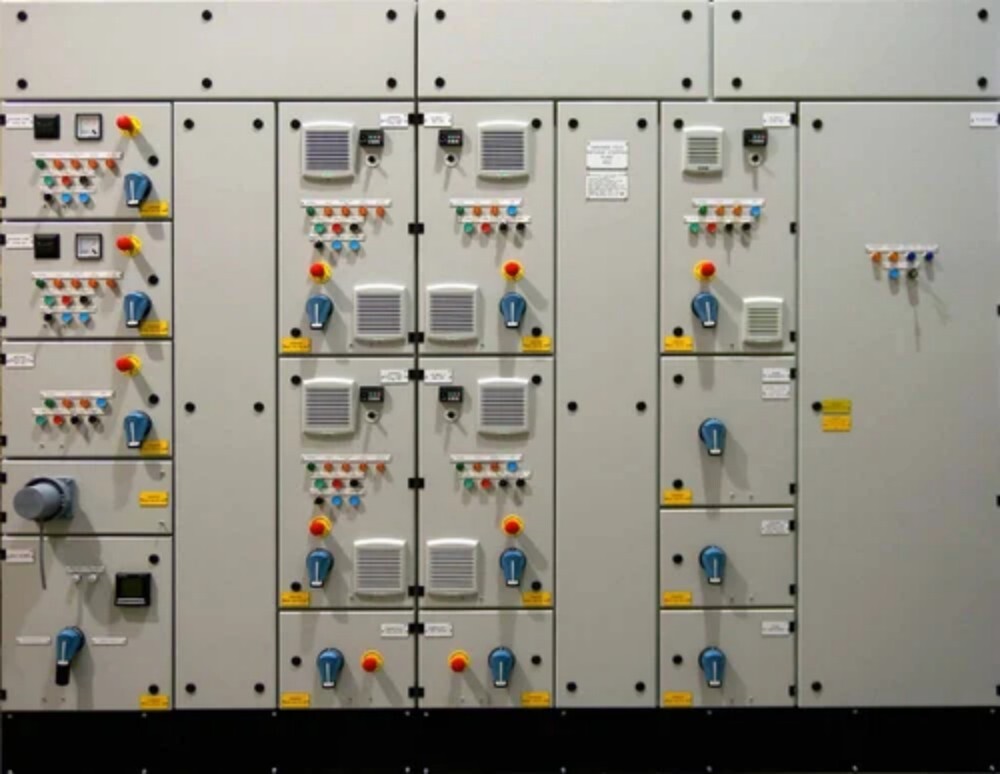
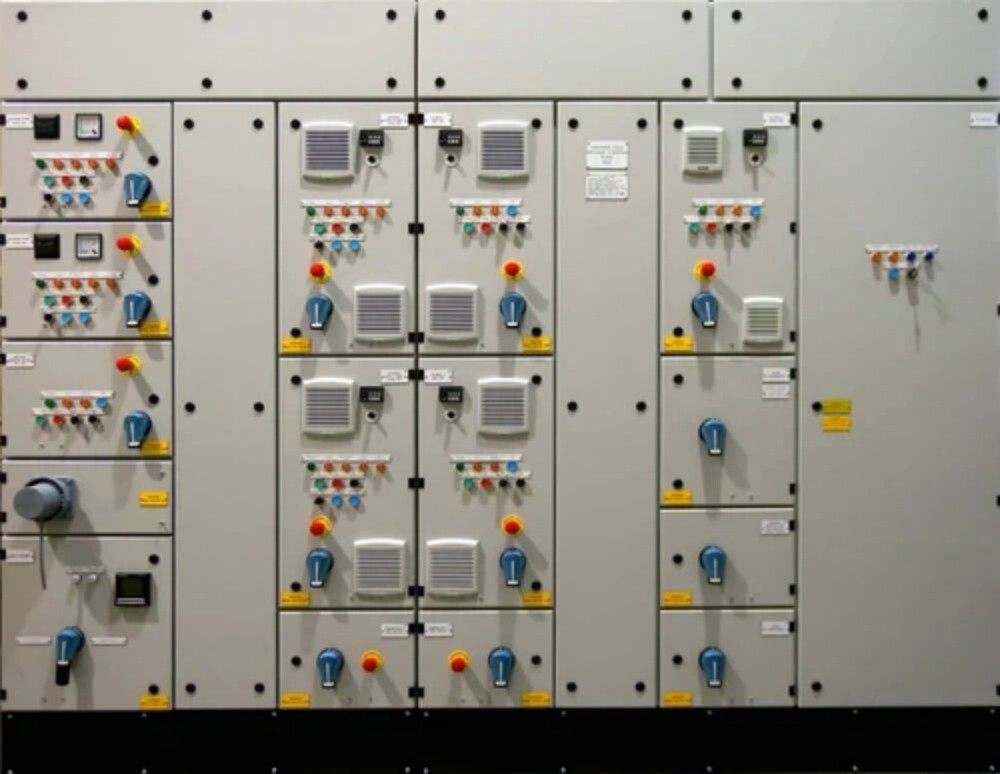
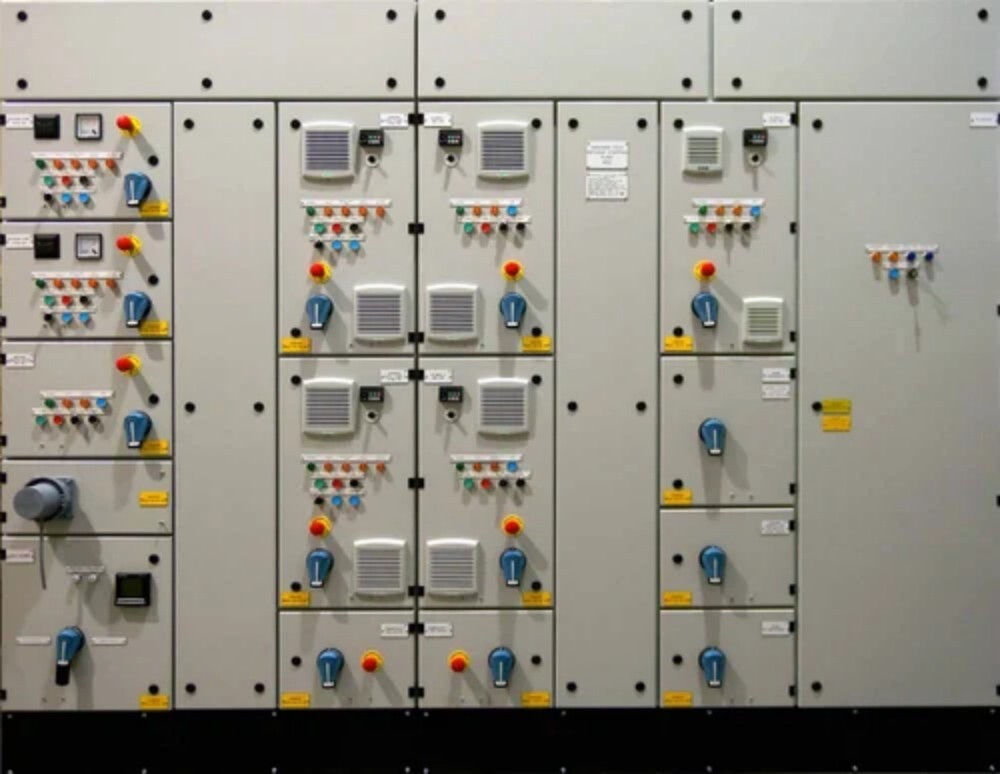
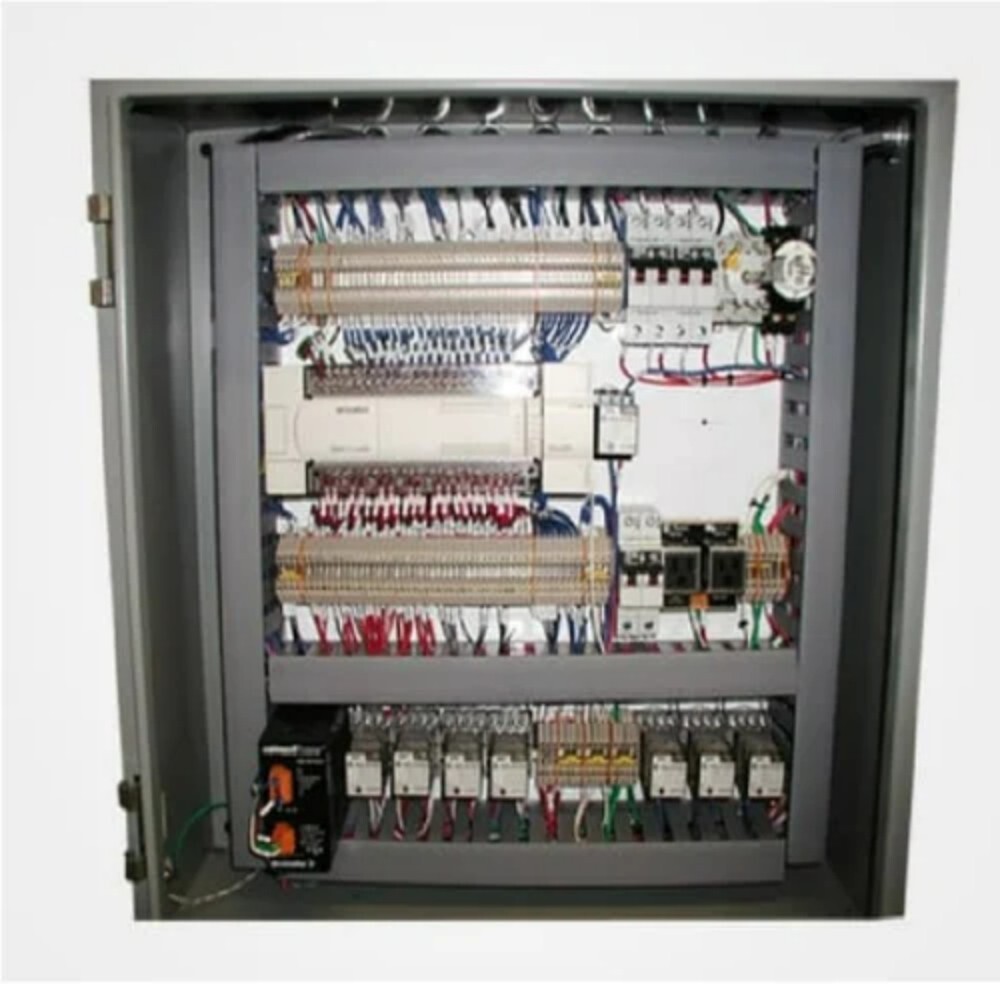
Tell us about your requirement

Price:
Quantity
Select Unit
- 50
- 100
- 200
- 250
- 500
- 1000+
Additional detail
Mobile number
Email
More Products in Meter Board Panel Category
AMF Panel
Price 10000 INR / Piece
Minimum Order Quantity : 1 Piece
Power Rating : required based
Frequency : required based Hertz (HZ)
Components : required based
Features : required based






 Send Inquiry
Send Inquiry Send SMS
Send SMS Call Me Free
Call Me Free